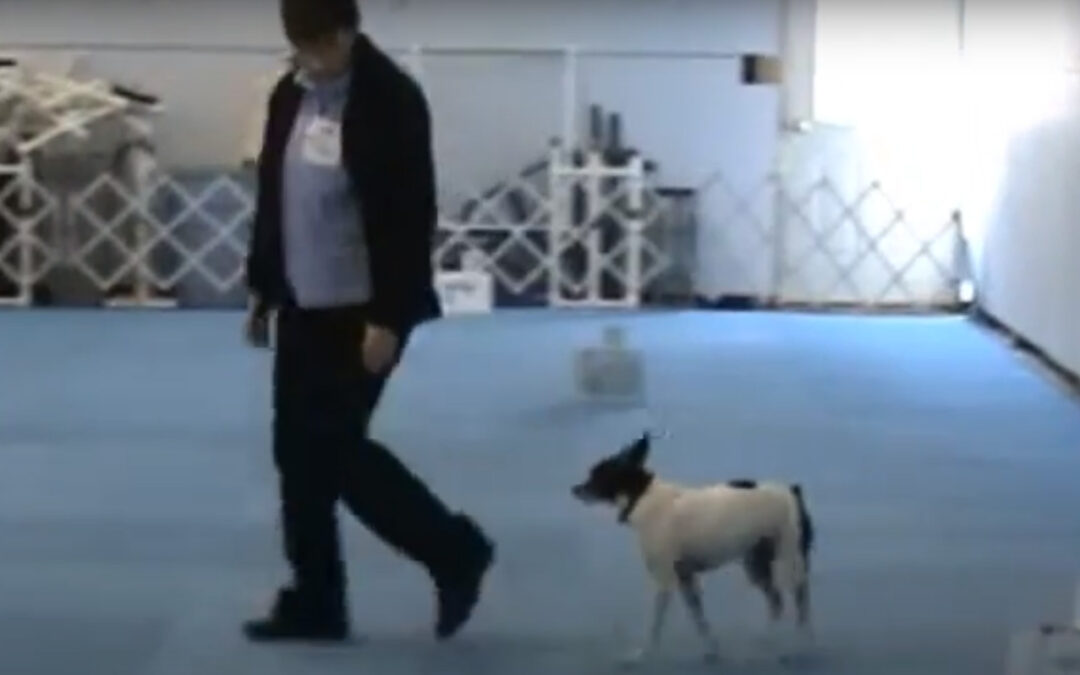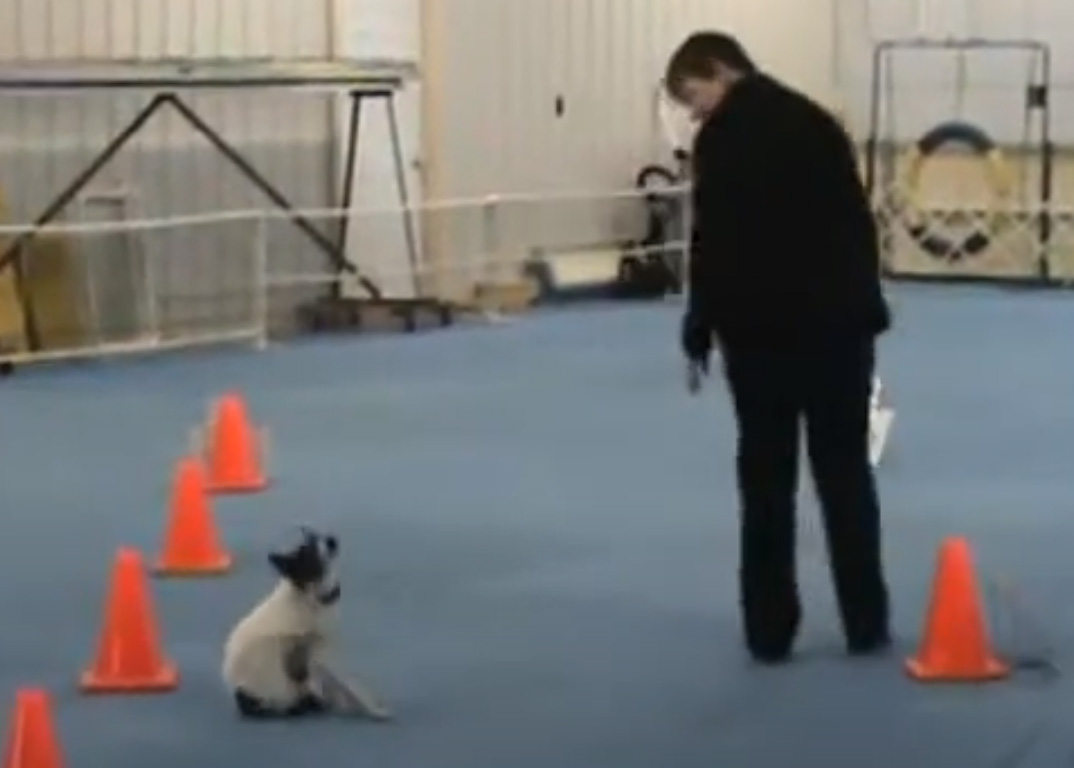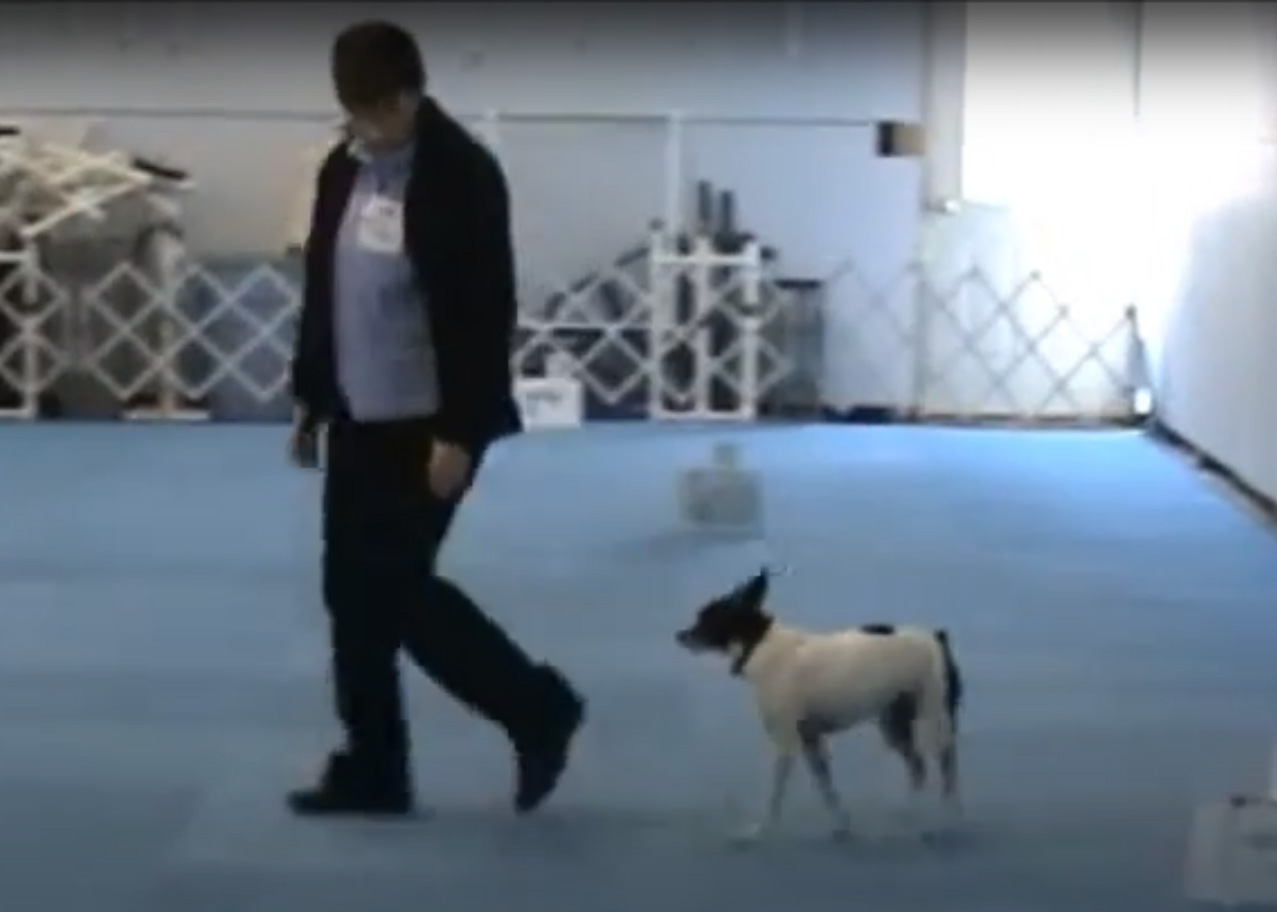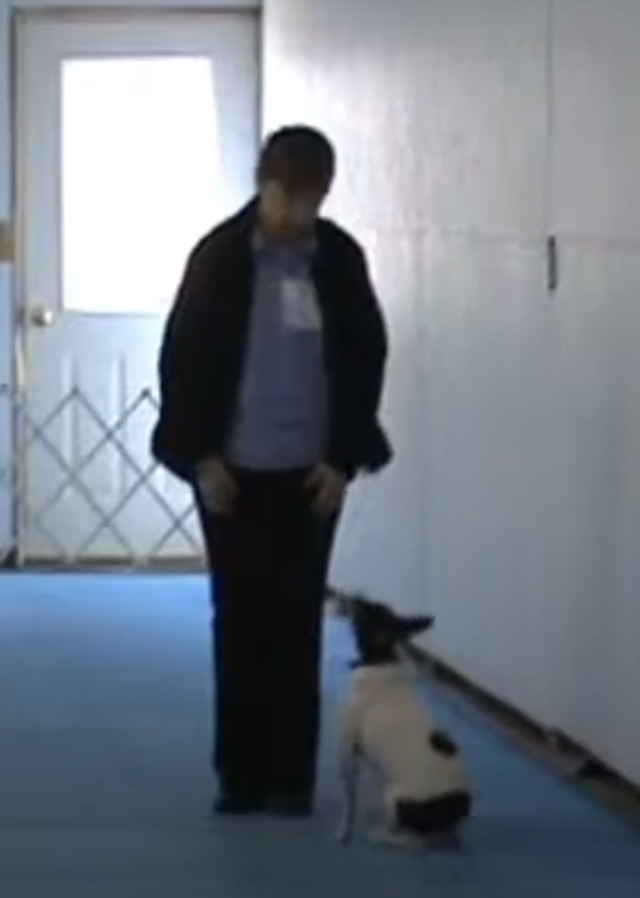– by Kelsey Dixon
Addison’s disease (hypoadrenocorticism) is an autoimmune disease in which the body attacks the adrenal glands. “This leads to a deficiency in key hormones such as cortisol and aldosterone, which regulate responses to stress and water/electrolyte balance.” (1) The cause of Addison’s is unknown, even though many past and ongoing studies exist.
There is no genetic screening test for this disease today; no way to know if a dog inherited it prior to becoming symptomatic. However, there is a clear genetic link, and a 2003 study found a “heritability of 0.75, which means that 75% of the factors that influence whether or not a dog develops hypoadrenocorticism are genetic.” (2) Unfortunately, “the genes responsible have not been identified.” (2) A 2008 Study suggests that in poodles a recessive gene may not be in play, and “the condition is likely polygenetic—due to multiple genes.” (2)
Consequently, Addison’s is present within our breed and our pedigrees, and we currently do not have the applicable science to breed away, or remove what would be considered carriers, from our lines. Addison’s also does not present across the board; just because one dog within a familial line presented and tested positive for Addison’s does not mean any other dog within that generation or the next will have the disease. With that knowledge, we must not point fingers or place blame when the disease rears its head; rather, we should accept that it comes down to a matter of when, more so than a matter of if, when it comes to this disease.
Symptoms of Addison’s vary greatly and are often intermittent in the earlier stages of this disease, making diagnosis more difficult. Symptoms include “lethargy, depression, inappetence, vomiting, weakness, weight loss, dehydration, diarrhea, hypothermia, shaking, increased drinking and urination, weak pulse, low heart rate, abdominal pain and intestinal bleeding.” (2) Affected dogs can also show general signs of pain and nausea. “Many other diseases can cause signs like this and sometimes neither the owner nor a veterinary surgeon may realize that hypoadrenocorticism is a possibility.” (2)
“The course of this disease tends to be prolonged, especially when diagnosis and treatment are delayed or not possible.” (2) This disease can have severe consequences if left unchecked. Affected dogs cannot function properly and can experience significant pain and may experience an Addisonian crisis. To diagnose this disease, a veterinarian can confirm suspicions of Addison’s by an ACTH stimulation blood test, “which measures the capacity of the adrenal glands to produce hormones in response to stimulation.” (2)
Addison’s cannot be cured, but it can be treated, and dogs can live full and fulfilling lives on treatment. Treatment for Addison’s is an injectable medication and/or oral medications. The injectable is “known as DOCP (brand names: Percorten-V or Zycortal),” and depending on the dog, it may be administered every 3-4 weeks and may be supplemented with oral medications. Not all dogs do well on the injectable medication. (3) An alternative is oral medication such as fludrocortisone (brand name: Florinef) “that replaces both the mineralocorticoid and the glucocorticoid.” (3) Other than medication, other changes to the dog’s diet or lifestyle are not normally required. The prognosis is generally good to excellent once a dog is on treatment. (3)
The truth is that Addison’s exists in all of our pedigrees to varying amounts. It is in our gene pool and we can only use caution and common sense when dealing with this disease. Pedigree research, longevity research, age, general health and transparency shared by breeders are our greatest weapons when navigating this untestable disease. This information can assist breeding programs in using dogs from lines “that have a lower incidence of the disease” to reduce “the number of affected dogs.” (2) As studies continue and papers are published, there will be more knowledge to gain. Right now, we are our breed’s greatest assets. There should be no shame or hiding when faced with Addison’s; it is not something we can control or deny. It is within our breed and a hurdle we must face with transparency for future generations.
References:
- University of Minnesota College of Veterinary – https://vetmed.umn.edu/research/labs/canine-genetics-lab/canine-genetic-research/addisons-disease-mhc-study#:~:text=Addison’s%20disease%20(also%20referred%20to,stress%20and%20water%2Felectrolyte%20balance
- Universities Federation for Animal Welfare – https://www.ufaw.org.uk/dogs/standard-poodle-hypoadrenocorticism
- VCA Animal Hospitals – https://vcahospitals.com/know-your-pet/addisons-disease-in-dogs-overview





